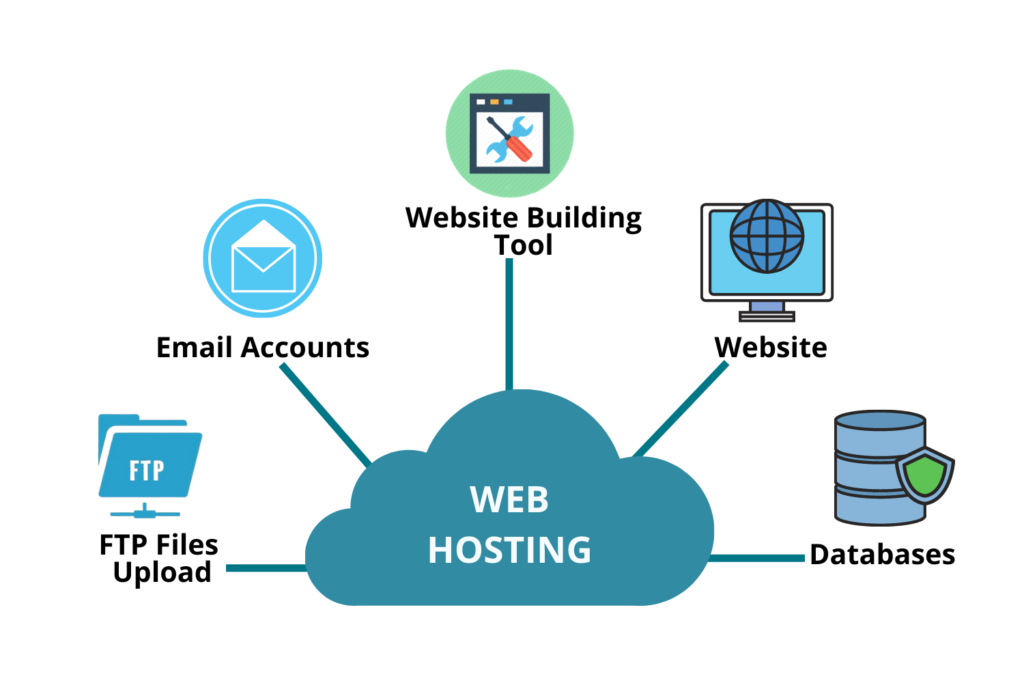Embracing Interoperability The Power of APIs in Modern Tech Stacks
Interoperability, the seamless interaction and communication between diverse systems and applications, lies at the heart of modern technology stacks. In this interconnected digital era, the power of Application Programming Interfaces APIs cannot be overstated. APIs act as the glue that binds different software components together, fostering collaboration, innovation, and efficiency. At its core, interoperability ensures that various technologies can work together harmoniously, breaking down silos and enabling a more interconnected ecosystem. APIs serve as the conduits facilitating this communication, allowing different software applications to exchange data and functionality effortlessly. This ability to share and integrate functionalities across platforms has become a cornerstone in the development of robust and scalable tech solutions. One of the key advantages of embracing interoperability through APIs is the acceleration of development cycles.
By tapping into existing APIs, developers can leverage pre-built functionalities, saving time and resources. This not only expedites the software development process but also allows for a more agile and responsive approach to evolving market demands. Companies that embrace interoperability gain a competitive edge by rapidly adapting to changes and delivering innovative solutions ahead of the curve. Furthermore, APIs empower organizations to build modular and flexible tech stacks. Instead of relying on monolithic systems, businesses can assemble a collection of specialized components, each serving a specific purpose. This modular approach not only enhances flexibility but also facilitates easier upgrades and maintenance. As technologies evolve, organizations can seamlessly replace or upgrade individual components without disrupting the entire system, ensuring continuous innovation without major overhauls. In the realm of cloud computing, APIs play a pivotal role in enabling the integration of disparate services.
Cloud providers offer a multitude of services ranging from storage and computing power to machine learning and analytics. APIs act as the linchpin, allowing developers to weave these services into their applications seamlessly. This not only streamlines development but also provides access to cutting-edge tools and capabilities without the need for extensive in-house expertise. The power of APIs extends beyond the confines of internal development, Phone Validation API Documentation paving the way for external collaborations. By exposing APIs to third-party developers, companies can foster ecosystems around their products, encouraging innovation and creating additional value. The app economy, for instance, thrives on the interconnectivity facilitated by APIs, enabling developers to create diverse applications that enhance the functionality of existing platforms. Despite the myriad benefits, embracing interoperability through APIs comes with its challenges. Security concerns, standardization issues, and the need for effective governance are critical aspects that demand careful consideration. Organizations must prioritize robust API security measures, adhere to industry standards, and establish clear guidelines to ensure the integrity and reliability of their interconnected systems.


